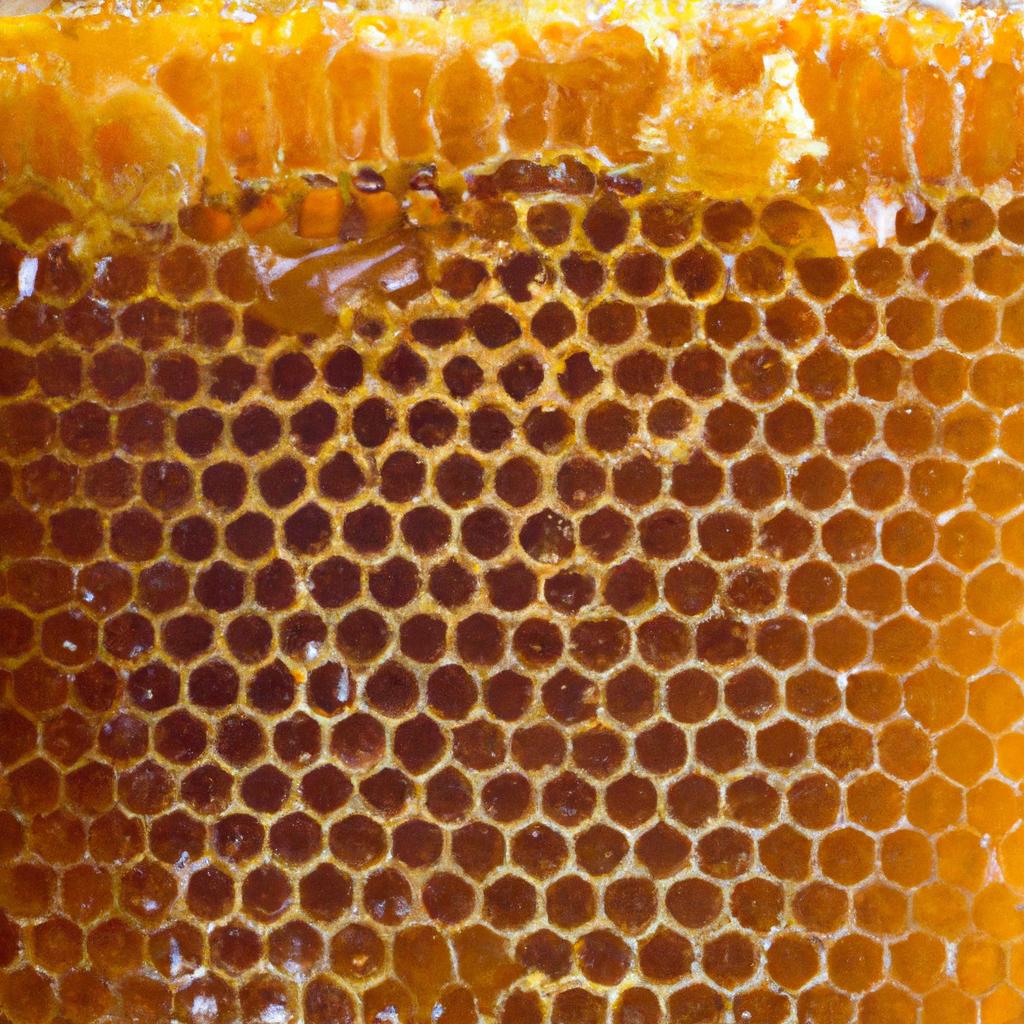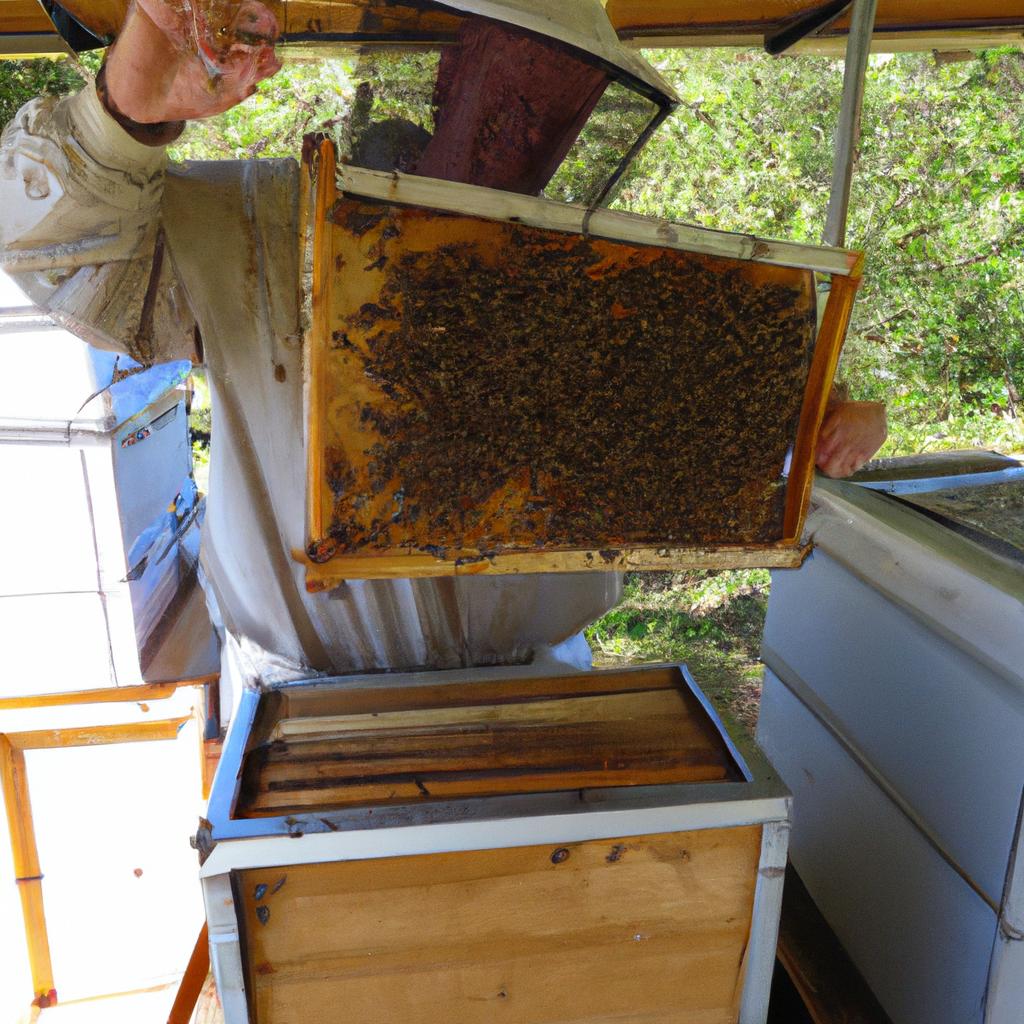Honeybees are essential pollinators that play a crucial role in our ecosystem and agriculture. Apart from pollination, they also produce honey, which is a valuable commodity worldwide. Honey is not only a natural sweetener but also has medicinal properties, making it a popular choice amongst consumers. However, many people wonder how much honey they can get from one hive. In this article, we will explore the factors that affect honey yield, the average honey yield per hive, different types of honey, and how to increase honey yield.
Factors That Affect Honey Yield

Several factors affect honey yield, including the type of honeybee, climate, geography, beekeeper’s management skills, and availability of nectar and pollen.
Type of Honeybee
Different types of honeybees have varying characteristics that affect their honey production. For example, the Italian honeybee is known for its gentle nature and high honey production, making it a popular choice for beekeepers. On the other hand, the Carniolan honeybee is known for its hardiness and ability to thrive in colder climates.
Climate and Geography
Climate and geography also play a crucial role in honey production. Bees living in regions with a more extended nectar flow season will produce more honey than those living in areas with shorter seasons. The availability of nectar and pollen sources also affects honey yield. Bees need a diverse range of flowers to produce high-quality honey.
Beekeeper’s Management Skills
Beekeeper’s management skills are vital to maintain healthy honeybee colonies. Proper hive management, regular inspections, and adequate nutrition are essential factors that affect honey yield. In contrast, poor management can lead to weak colonies that produce less honey.
Availability of Nectar and Pollen
The availability of nectar and pollen sources also affects honey yield. Bees need a diverse range of flowers to produce high-quality honey. The lack of a sufficient nectar flow can lead to lower honey yields.
In conclusion, several factors affect honey yield, including the type of honeybee, climate, geography, beekeeper’s management skills, and availability of nectar and pollen. As a beekeeper, understanding these factors is crucial in maximizing honey production.
Average Honey Yield per Hive

The amount of honey one can expect from a single hive depends on several variables, including the hive’s health, the size of the colony, and the season. On average, a healthy colony can produce around 30-60 pounds of honey per year. However, this can vary depending on factors such as the region, climate, and beekeeper’s management practices.
Honey Yield per Season
Honey yield per season can also vary significantly. In areas with long nectar flows, beekeepers can expect higher yields than those in areas with shorter seasons. The spring and summer months are typically the busiest for honeybees, and beekeepers can expect the highest yields during this period. In contrast, honey production slows down during the winter months when bees are less active.
Honey Yield per Colony
The honey yield per colony can also vary depending on the size of the colony. A smaller colony will produce less honey than a larger one. A young colony may not produce much honey during its first year as they focus on building up their population. On the other hand, an established colony with a large population can produce a significant amount of honey.
Different Types of Honey
Honey comes in various types and flavors, depending on the nectar source that the bees collect. The two most common types of honey are mono-floral honey and poly-floral honey.
Mono-Floral Honey
Mono-floral honey comes from a single nectar source, such as clover, orange blossom, or lavender. The bees collect nectar from a single type of flower, resulting in a distinct flavor and color. Mono-floral honey is highly prized, and some varieties can be quite expensive due to their unique characteristics.
Poly-Floral Honey
Poly-floral honey comes from multiple nectar sources, resulting in a blend of flavors and colors. The flavor and color of poly-floral honey can vary depending on the time of year and the location of the hive. This type of honey is more common and less expensive than mono-floral honey.
In conclusion, the average honey yield per hive can vary depending on several factors, including the hive’s health, the size of the colony, and the season. There are also different types of honey, each with its unique characteristics and flavors. As a beekeeper, understanding these factors is essential in producing high-quality honey.
How to Increase Honey Yield
Beekeepers can take several steps to increase honey yield, from proper hive management to regular inspections and adequate nutrition.
Proper Hive Management
Proper hive management is crucial in maximizing honey production. Beekeepers should ensure that their hives are in good condition and free from pests and diseases. They should also provide enough space for the bees to store honey and ensure that the hives are well-ventilated.
Providing Adequate Nutrition
Bees need a balanced diet to produce high-quality honey. Beekeepers should provide their colonies with a diverse range of pollen and nectar sources. They can also supplement their diet with sugar syrup or pollen patties during lean periods.
Selecting the Right Location
The location of the hive also plays a crucial role in honey production. Beekeepers should choose a location that provides ample forage for their bees. They should also consider the climate and ensure that the hives are protected from extreme weather conditions.
Regular Hive Inspection
Regular hive inspections are essential to maintain healthy colonies and maximize honey production. Beekeepers should inspect their hives at least once a week during the peak season. They should also monitor their colonies for signs of pests and diseases and take appropriate action when necessary.
Conclusion
In conclusion, honey production is affected by several factors, including the type of honeybee, climate, geography, beekeeper’s management skills, and availability of nectar and pollen. By understanding these factors, beekeepers can take steps to increase honey yield, such as proper hive management, providing adequate nutrition, selecting the right location, and regular hive inspection. Honey production is not only essential for beekeepers but also for consumers worldwide, who value this natural sweetener for its taste and medicinal properties. As a beekeeper, maximizing honey production can lead to a more profitable and rewarding experience. Learn more about beekeeping and honey production at BeeKeepinglove.com.
